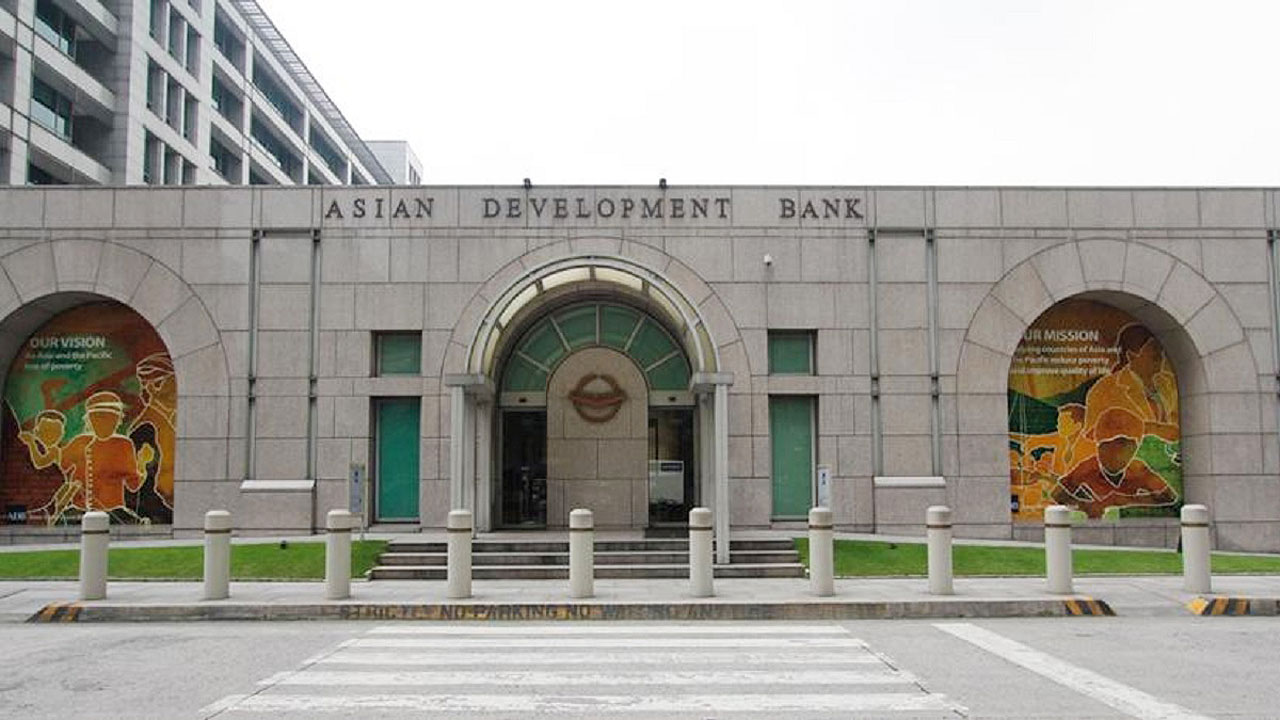
THE ASIAN Development Bank (ADB) said it included agriculture projects in the 2025 edition of its public-private partnerships (PPP) monitor for the Philippines.
“We have conceived this product as a comprehensive reference document of developing member countries’ PPP environment. It has details on the PPP regulatory and legal framework at the national and local level and also detailed analysis of sectors that are covered in the monitor, including transport, energy, as well as solid waste, health, education, housing, and financial. And for the first time, and for the Philippines, it includes agriculture and fishery. The reason for that is because we aligned the document with the country partnership strategy between Philippines and ADB, which highlights the catalytic role of the private sector in food security,” Isabelle Chauché, ADB Office of Markets Development and PPP, said in a speech on Friday.
A flagship ADB publication, the PPP Monitor profiles a country’s ability to successfully build and sustain PPPs.
The downloadable documents can be used by investors to identify priority sectors and helps governments identify gaps in legal, regulatory, and institutional frameworks.
“Agriculture is an important and timely focus. It is a priority for the government. It’s a priority for the Asian Development Bank. We together with the Department of Agriculture and other partners have been engaging with the private sector in ventures, such as the Dali supermarket chain. We are exploring opportunities in aquaculture and fishing ports etc.,” ADB Southeast Asia Department Director General Winfried F. Wicklein said.
The ADB noted that challenges remain in the Philippines’ PPP landscape, including delays in right-of-way or site acquisition by the government, political and regulatory risks, challenges within the implementing agencies such as weak absorptive capacity and coordination, and climate impacts.
Ms. Chauché added that climate change also poses a risk to PPPs in the Philippines, and cited “the need to properly assess any PPPs structure before processing.”
From 1990 to 2023, Ms. Chauché said 305 Philippine projects qualified as PPPs, valued at $25 billion to $50 billion.
“The PPP market growth has been driven by an active private sector and availability of liquidity.
57% of the PPP procurement has been done through unsolicited proposals. So as the capacity of the government and the LGU (grow), we expect this number to decrease to the single digits, as is the case of most of the PPP markets in the developed world,” she said.
“We are increasingly ramping up our work also with private sector on a non-sovereign basis,” Mr. Wicklein said. — Aaron Michael C. Sy